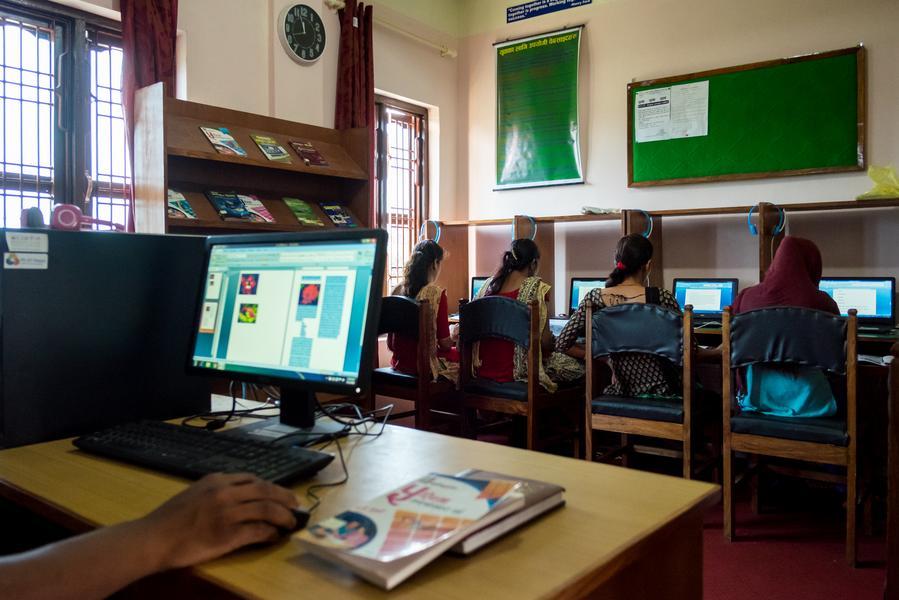Context
Austria is a wealthy European nation with a strong tradition of universal primary and secondary education. However, despite this history, over 17% of Austrian adults (nearly a million people) still have poor literacy skills, and around 220,000 lack lower secondary qualifications. It is estimated that annually 3,700 Austrian teenagers finish their compulsory education without acquiring sufficient competencies and qualifications. Challenges include school dropouts, low adult literacy proficiency compared to OECD averages, and integration issues for migrants. The need for accessible, high-quality second-chance education for adults who missed out on essential skills is clear. Addressing this gap is crucial not just for individual empowerment but for social inclusion, economic participation, and meeting the demands of an increasingly knowledge-based society.
Solution
The Initiative for Adult Education is a nationwide Austrian programme designed to ensure free, high-quality adult education in two main areas: basic skills training and lower-secondary education. Jointly managed by the Federal Ministry of Education and the nine federal states, it funds accredited institutions to deliver courses that meet strict quality criteria. All classes are free for participants, with costs covered by national government, federal states, and the European Social Fund.
The basic skills program targets adults lacking foundational literacy, numeracy, ICT, or learning-to-learn skills, with tailored, small-group, competency-based classes that adapt to learners’ needs. The lower-secondary program supports adults who never completed this level, offering a structured curriculum including German, English, mathematics, occupational orientation, and electives such as health or technology.
Programs begin with personalized pre-course interviews to assess prior knowledge and define learning plans. Delivered by accredited providers like VHS Tirol and ISOP, accessibility is ensured across Austria’s regions, ensuring lifelong learning opportunities, social equality, and improved employment prospects for both German speakers and migrants.
Impact
The initiative has had a strong uptake, with over 22,900 participants in its first cycle alone. About 70% of basic-skills learners were migrants, and 64% were women, while in the lower-secondary program, 60% of participants were migrants and 43% were women, highlighting its success in reaching marginalized groups. Participant feedback was overwhelmingly positive: 83% rated their courses as "very good," reporting greater self-confidence and motivation to continue learning. Providers praised the variety and quality of courses, as well as improved cooperation and networking across Austria. While retention remains a challenge, the program has expanded learning opportunities nationwide and strengthened social inclusion for disadvantaged adults.
While Austria’s model is scalable and offers valuable lessons for closing adult literacy gaps, it depends on sustained funding, strong institutional infrastructure, stable governance, local partnerships, and robust quality assurance systems. These essential conditions may limit its direct replicability in low-resource or conflict-affected contexts.












